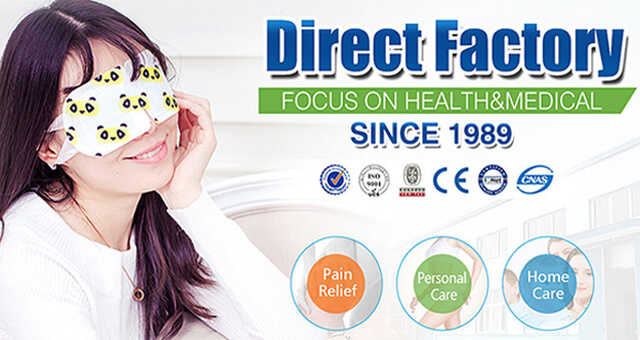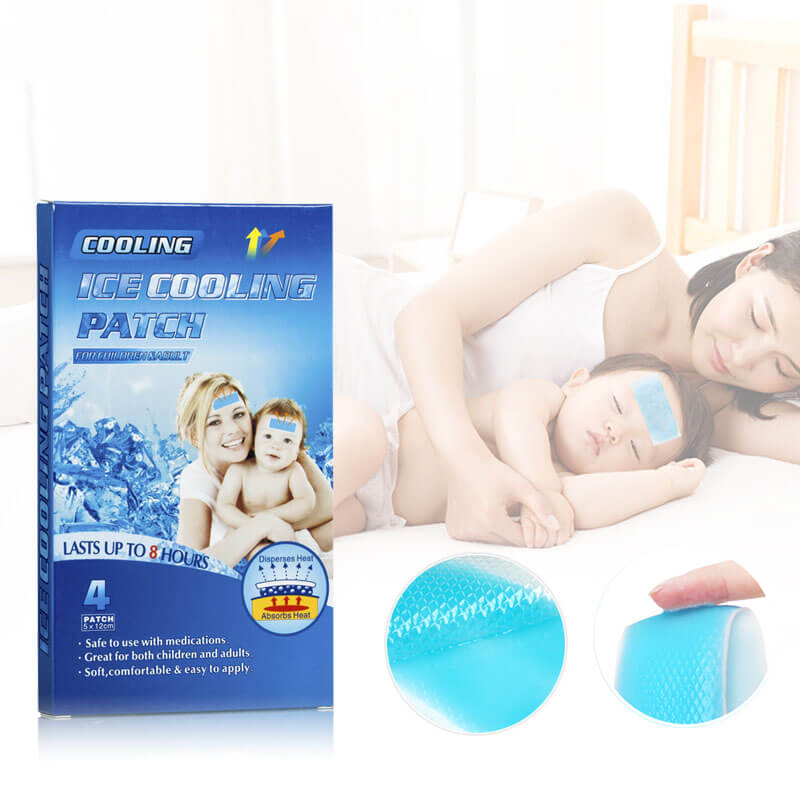Author:Kangdi 16-05-2024
As eco-consciousness continues to rise among consumers, sustainable packaging has become a top priority for manufacturers across industries - including baby care products. Cooling gel patches designed to provide relief for infants suffering from fevers or teething pain are a product category where sustainable packaging innovations are in high demand. Brands that can deliver an environmentally-friendly unboxing experience will have a significant competitive advantage.
01. The Challenges of Conventional Packaging
Traditional packaging methods for baby cooling gel patches rely heavily on plastic components like clamshell cases, blister packs, and shrink wrap films. While inexpensive, these virgin plastic materials have a devastating impact on the environment through greenhouse gas emissions, pollution, and persisting as non-biodegradable waste.
Furthermore, many cooling gel patches contain a non-woven rayon covering that prevents the gel from drying out. However, most rayon manufacturing utilizes harsh chemicals and generates sizeable carbon emissions. Clearly, major packaging overhauls are needed.
02. Renewable Plant-Based Solutions
Pioneering baby care brands are transitioning to plant-based compostable packaging solutions derived from renewable materials like cornstarch, bamboo, mushrooms, and sugarcane. Polylactic acid (PLA) is a popular bio-plastic option that can form clear clamshells with similar properties to conventional plastic but with a minimal carbon footprint.
For outer boxes and containers, sustainable alternatives include bamboo pulp, cotton fiber, and mushroom-derived packaging foams. These materials provide the same protective qualities as plastic, paper, or expanded polystyrene but at a fraction of the environmental impact.
To replace the non-woven rayon covering on gel pads, manufacturers can utilize biodegradable wood pulp fiber non-wovens or cellulosic bioplastic films made from sustainably-sourced wood. Lyocell is another eco-friendly option derived from renewable bamboo fiber.
03. Innovative Adhesive-Free Designs
Some ingenious baby product developers have eliminated the need for plastic clamshells by creating adhesive-free cooling gel patches that can simply be sealed in a paperboard sleeve or carton. The gel pad has a non-woven surface that sticks to itself when folded, eliminating the need for additional adhesives or plastic release liners.
These unique designs allow the entire product to be comprised of biodegradable components like paper pulp, wood fiber non-wovens, and plant-based hydrogels. After use, the pad can be completely composted along with its packaging.
04. Embracing the Circular Economy
In the future, circular packaging models will become the gold standard for sustainability in the baby care space. This involves designing reusable product packaging that can be collected, sanitized, and refilled by the manufacturer for continuous reuse.
For baby cooling gel patches, this could take the form of a durable bamboo, silicone, or aluminum case that customers return after use. The empty case is then cleaned, refilled with a fresh gel pad, and redistributed.
Through plant-based materials, smart adhesive-free designs, and circular supply chains, baby care brands can position themselves as leaders in sustainable packaging. Eco-conscious parents will increasingly favor these environmentally-responsible cooling gel patch products that prioritize the health of our planet and future generations.
 0086 19937104978
0086 19937104978





